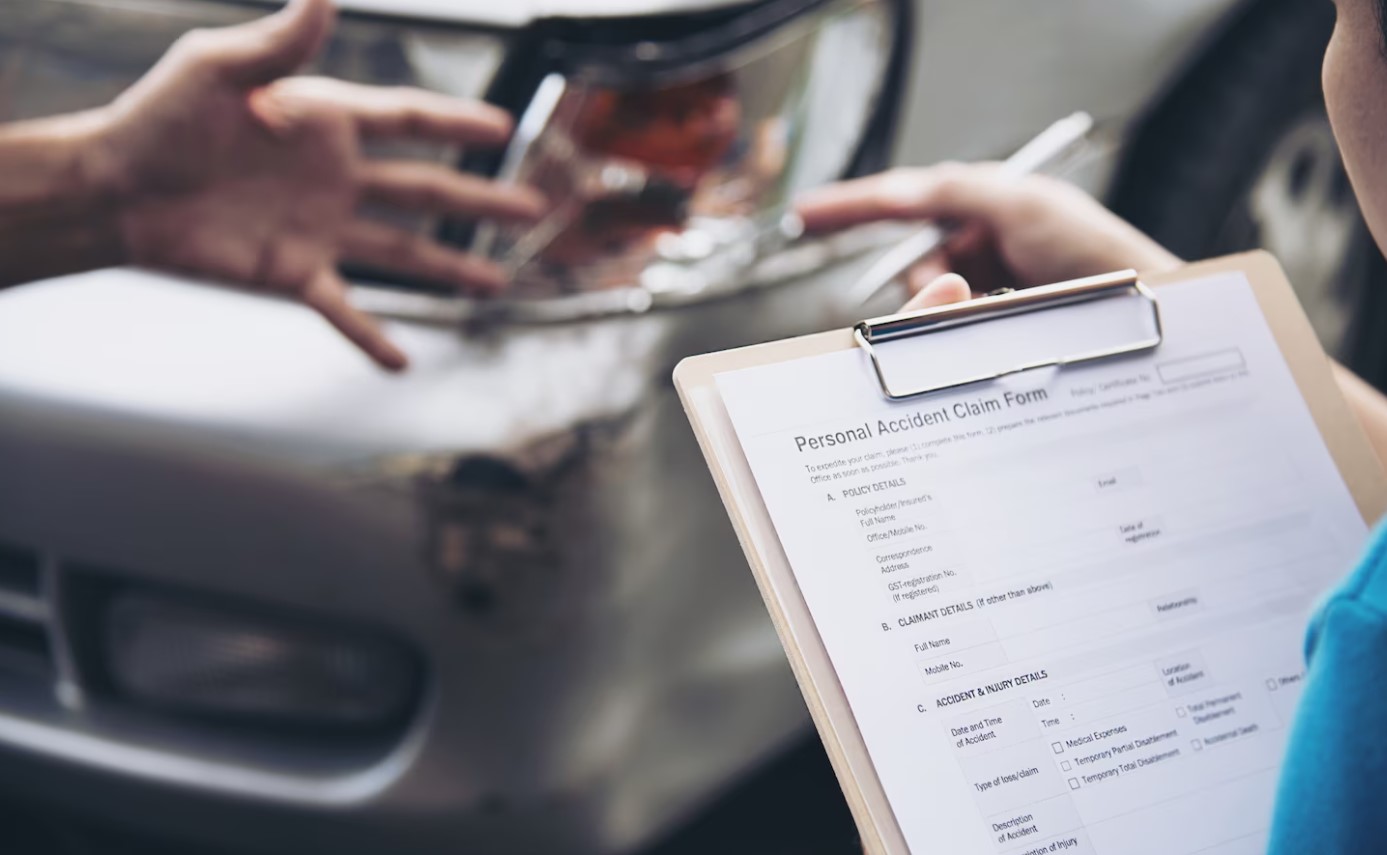Auto insurance is a critical aspect of responsible car ownership and driving. It provides financial protection against accidents, damages, and liability, offering peace of mind to drivers and safeguarding their assets. However, navigating the world of auto insurance can be daunting, especially for new drivers or those unfamiliar with insurance terms and coverage options. In this comprehensive guide, we will delve into the basics of auto insurance, its importance, the various coverage types, factors affecting premiums, and tips for obtaining the right coverage for your needs.
The Importance of Auto Insurance

Auto insurance is not only a legal requirement in most jurisdictions but also an essential safety net for drivers. Here’s why auto insurance matters:
1. Financial Protection
Auto insurance provides financial protection against unexpected expenses resulting from accidents, theft, or vandalism. Without insurance, drivers may be personally liable for extensive repair costs, medical bills, and legal expenses.
2. Legal Requirement
In many countries and states, having auto insurance is mandatory for vehicle registration and legal operation. Driving without insurance can lead to severe penalties, fines, and even license suspension.
3. Liability Coverage
Auto insurance includes liability coverage, which protects drivers from potential legal claims arising from injuries or property damage caused to others in an accident.
4. Peace of Mind
Knowing that you are covered by auto insurance offers peace of mind while driving. It allows drivers to focus on the road and their safety, knowing that they are protected in case of an unfortunate event.
Understanding Auto Insurance Coverage Types
Auto insurance policies typically consist of several types of coverage, each serving a different purpose. Here are the main types of auto insurance coverage:
1. Liability Coverage
Liability coverage is mandatory in most places and includes two components: bodily injury liability and property damage liability. Bodily injury liability covers medical expenses, lost wages, and legal costs for injuries to others in an accident for which the insured driver is at fault. Property damage liability covers the cost of repairing or replacing the other party’s property damaged in an accident.
2. Collision Coverage
Collision coverage pays for damages to the insured vehicle caused by a collision with another vehicle or object, regardless of fault. This coverage is especially important for protecting the insured driver’s vehicle.
3. Comprehensive Coverage
Comprehensive coverage protects against non-collision-related incidents, such as theft, vandalism, natural disasters, and animal collisions. It covers the cost of repairs or replacement of the insured vehicle.
4. Personal Injury Protection (PIP) or Medical Payments Coverage
PIP or medical payments coverage pays for medical expenses, lost wages, and funeral expenses for the insured driver and passengers injured in an accident, regardless of fault.
5. Uninsured/Underinsured Motorist Coverage
Uninsured/underinsured motorist coverage provides protection if the insured driver is involved in an accident with a driver who has insufficient insurance coverage or no insurance at all.
Factors Affecting Auto Insurance Premiums
Auto insurance premiums vary based on several factors. When purchasing or renewing an auto insurance policy, consider these key factors that affect your premiums:
1. Driving Record
A clean driving record with no accidents or traffic violations typically leads to lower insurance premiums, as it indicates a lower risk for the insurance company.
2. Age and Gender
Younger and less experienced drivers often have higher premiums due to their higher perceived risk. Additionally, statistics show that male drivers tend to have more accidents, leading to higher premiums for young males.
3. Type of Vehicle
The make, model, and year of your vehicle can impact insurance rates. High-performance cars and luxury vehicles often come with higher insurance premiums due to the higher cost of repairs and replacement.
4. Location
The location where the vehicle is primarily driven and parked also affects insurance premiums. Urban areas with higher traffic congestion and crime rates may have higher premiums compared to rural areas.
5. Coverage and Deductibles
The type and amount of coverage you choose, as well as the deductibles, can influence your insurance premiums. Higher coverage limits and lower deductibles often result in higher premiums.
Tips for Obtaining the Right Auto Insurance Coverage
Choosing the right auto insurance coverage can be overwhelming, but these tips can help you find the best policy for your needs:
1. Assess Your Needs
Consider your driving habits, the value of your vehicle, and your budget when evaluating the type and amount of coverage you need.
2. Shop Around
Obtain quotes from multiple insurance providers to compare coverage options and premiums. Different insurers may offer different rates for similar coverage.
3. Bundle Policies
Consider bundling your auto insurance with other insurance policies, such as home or renter’s insurance, to potentially qualify for discounts.
4. Review and Update Annually
Regularly review your auto insurance policy and update it as needed to ensure it reflects any changes in your driving habits or circumstances.
5. Maintain a Good Driving Record
Maintaining a clean driving record can help you qualify for lower premiums and other potential discounts.
6. Consider Additional Discounts
Inquire about potential discounts, such as safe driver discounts, good student discounts, or discounts for safety features on your vehicle.
Conclusion
Auto insurance is a vital aspect of responsible car ownership, providing financial protection and legal compliance. Understanding the various types of auto insurance coverage, factors influencing premiums, and how to find the right policy for your needs is essential for every driver.